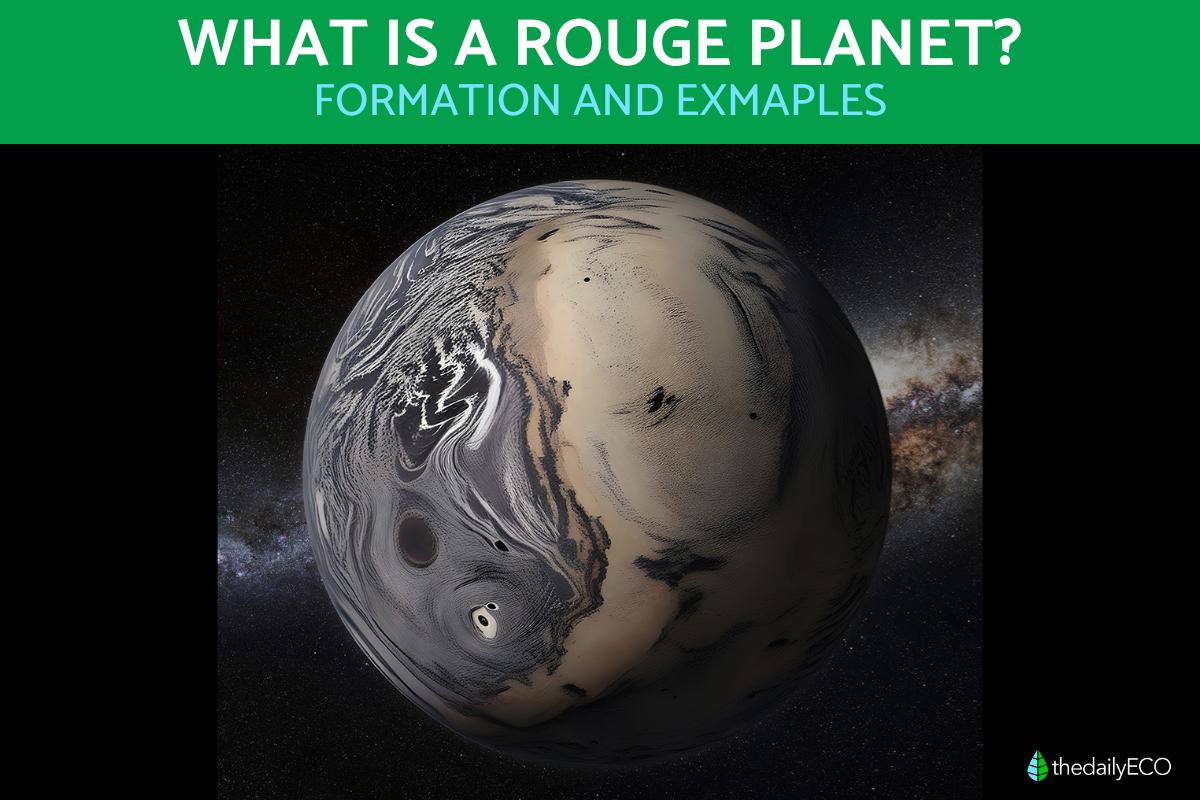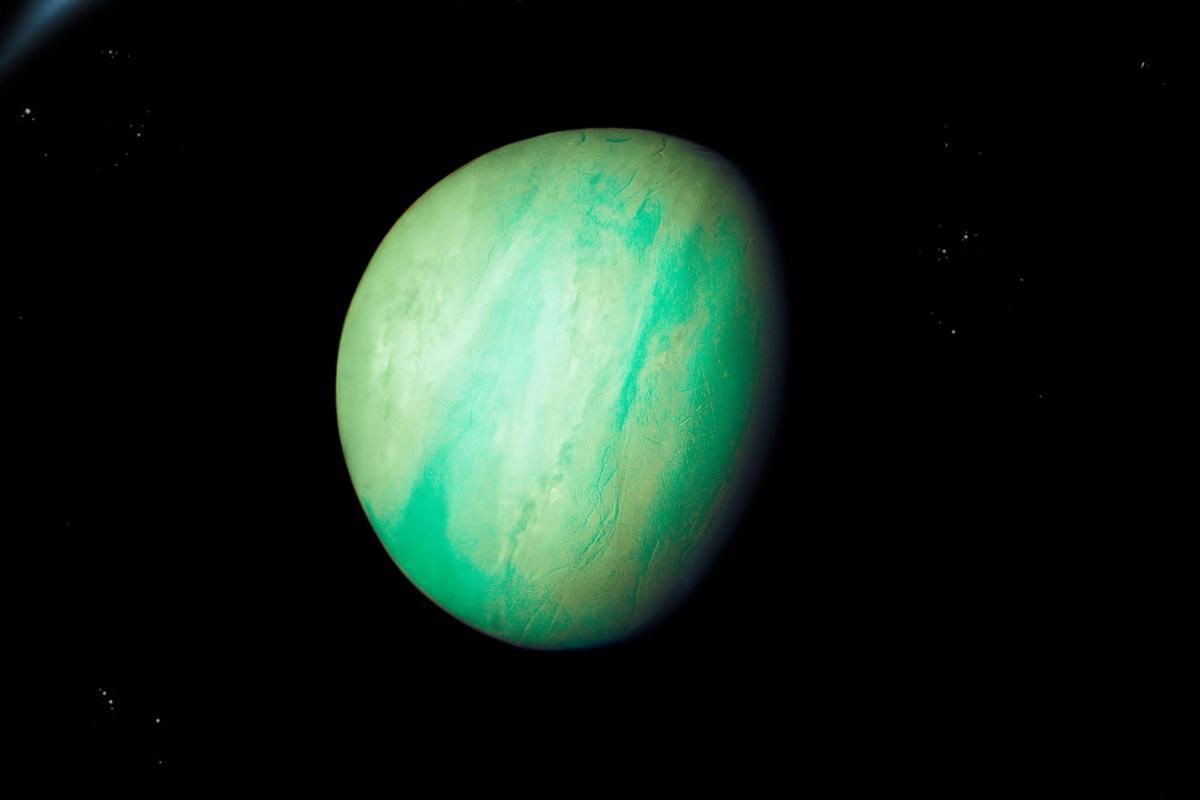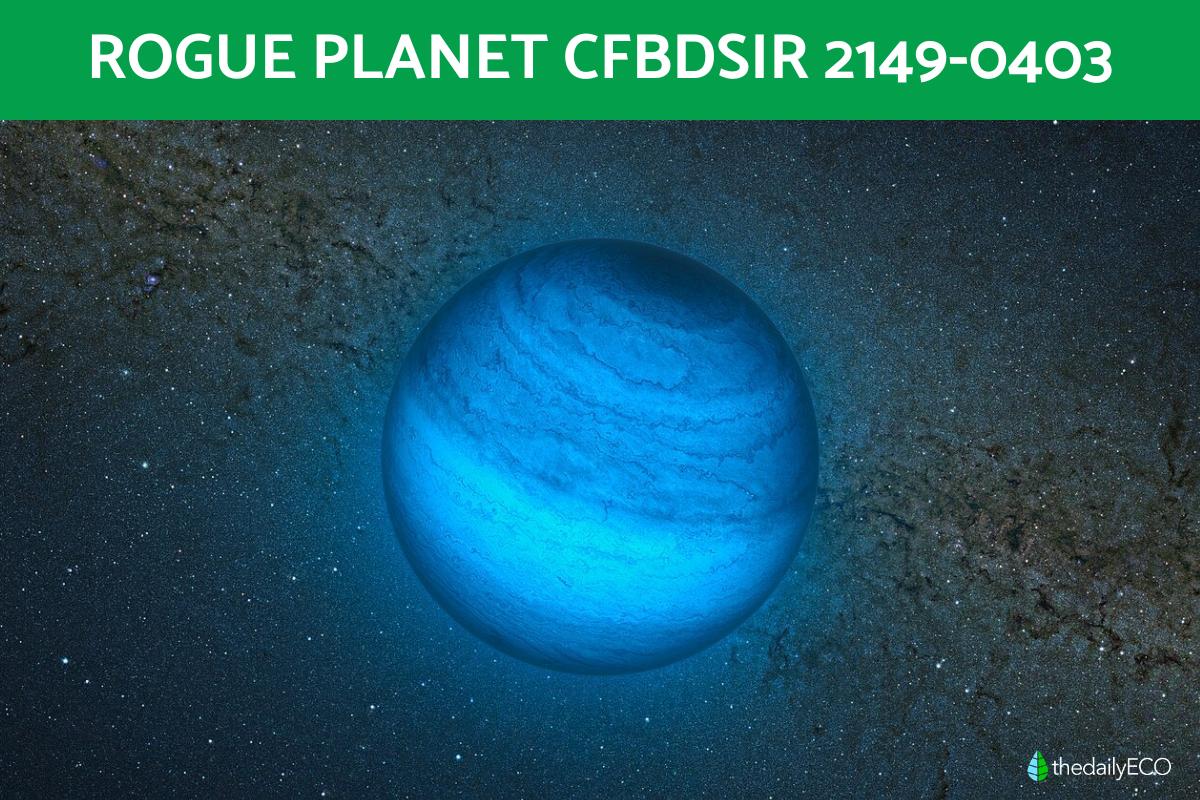What Are Rogue Planets?

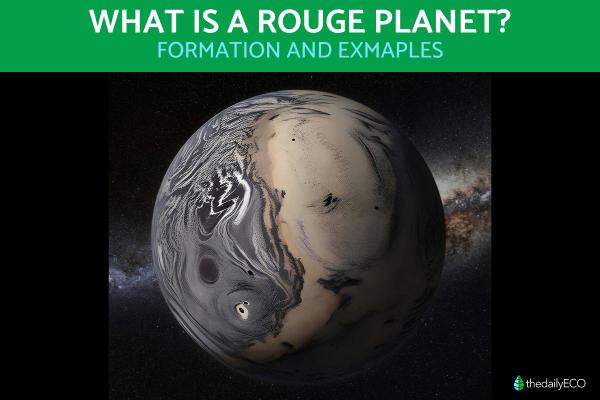
Rogue planets are celestial objects that move through space without being gravitationally bound to a star. Unlike planets orbiting the sun, these bodies travel independently through the galaxy. This means they can provide a wealth of information about the evolution and dynamics of planets in the Universe. Some well-known examples of rogue planets include CFBDSIR 2149-0403 and OGLE-2016-BLG-1928. At thedailyECO, we ask what are rogue planets? In answering this question, we find out more about their formation, famous examples and whether anything can live on them.
What are rogue planets?
Rogue planets are celestial bodies that wander through space without being bound by gravity to a star. This is unlike traditional planets which do orbit a star. Also known as wandering planets, these worlds float freely in the galaxy, like solitary ships in the cosmic void.
Although they have different characteristics, they all have some features in common:
- Lack of self-illumination: like ordinary planets, these objects don't generate their own light. The light they receive is reflected from other sources, such as distant stars or the faint glow of the interstellar medium. This makes them extremely difficult to detect.
- Low temperatures: lacking radiation from a nearby star, rogue planets tend to be extremely cold. Some may retain some internal heat due to processes such as radioactive decay or pressure in their cores.
- Possible habitability: although they seem like inhospitable environments at first glance, some scientists have suggested that certain rogue planets could harbor subterranean oceans beneath layers of ice, heated by geothermal activity. If this theory is correct, it could allow for the existence of some form of life within them.
You can learn about some of the planets which do remain in orbit with our article asking how many rings does the planet Saturn have?
How do rogue planets form?
Although rogue planets are not bound to a star, astronomers have proposed several theories to explain their origin. In general, these bodies can form in two main ways. They either form from planetary systems that eject them or as independent objects in interstellar space.
Ejection from a planetary system
The most widely accepted hypothesis suggests that many rogue planets are born in star systems like normal planets, but are subsequently ejected due to gravitational interactions. This process can occur for a variety of reasons:
- Interactions with other planets: when a system has several large planets, gravitational forces can destabilize their orbits. If two or more planets get too close, one of them can be thrown into interstellar space. This phenomenon is more likely in systems with gas giants like Jupiter, which exert a strong gravitational influence.
- Passing by a nearby star: if another star passes close to a planetary system, its gravity can alter the orbit of its planets and eject some of them. These stellar encounters are rare, but can occur in dense star clusters. We explain whether stars can produce their own light with our related guide.
- Death of the parent star: when a massive star exhausts its fuel, it can explode in a supernova or collapse into a white dwarf. This violent event can disrupt planetary orbits, releasing some planets into space.
Discover more about our own solar system's star with our article explaining the different layers of the Sun.
Direct formation in interstellar space
Another possibility is that some rogue planets form independently, without being bound to a star from their outset. This process is similar to star birth, but with some key differences:
- Collapse of gas and dust clouds: in space, there are enormous clouds of gas and dust. Under certain conditions, these clouds can collapse under the effects of gravity. If there isn't enough material to form a star, it could give rise to a smaller object, such as a brown dwarf or a rogue planet.
- Star formation failures: during the birth of a star, part of the material sometimes fragments into smaller objects that fail to accumulate enough mass to initiate nuclear fusion. These objects may also become borwn dwarfs or rogue planets.

Examples of discovered rogue planets
Although detecting rogue planets is challenging due to their lack of natural light, astronomers have identified several candidates using advanced techniques such as gravitational microlensing and infrared observation. Let's look at some notable examples of rogue planets:
CFBDSIR 2149-0403
It is associated with the AB Doradus orbiting star cluster, about 130 light-years from Earth. It has a mass between four and seven times that of Jupiter, placing it on the borderline between a giant planet and a brown dwarf. It is one of the most studied rogue planets and is believed to be approximately 50 to 120 million years old. Its surface temperature is approximately 700ºC (1292ºF), indicating that it is still cooling after its formation.
PSO J318.5-22
It has a mass approximately 6.5 times that of Jupiter. It is relatively young, about 12 million years old. It glows faintly in the infrared, which was what allowed astronomers to first detect it. It is thought to have been ejected from a star system shortly after its formation.
OGLE-2016-BLG-1928
It is the smallest rogue planet detected so far, with a mass similar to that of Earth or Mars. It was identified through the phenomenon of gravitational microlensing, whereby the planet's gravity distorts the light from a background star. This is an important example because it demonstrates that gas giants aren't the only ones that can be ejected into space.
Learn more about a gas giant closer to home with our fun facts about Saturn's rings and moons.
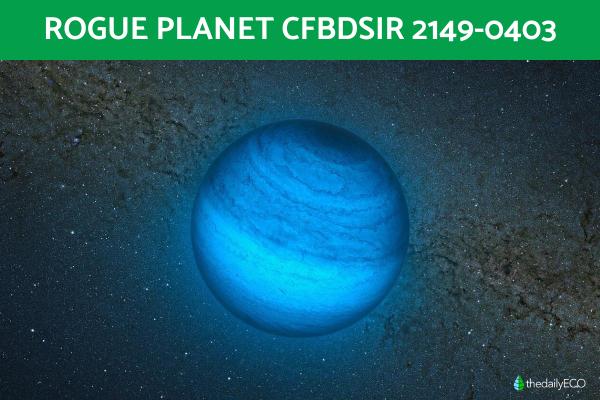
How are rogue planets studied?
Investigating rogue planets is challenging due to their dark and isolated nature. Since they are not illuminated by a nearby star, they reflect no visible light. This males them difficult to detect with conventional telescopes. Technological advances and the development of new techniques have allowed astronomers to identify and study these mysterious objects. Some of the most commonly used techniques for studying rogue planets are:
- Gravitational microlensing
- Infrared observation
- Astrometry
Does life exist on rogue planets?
On the surface, rogue planets appear to be extremely hostile environments for life. They lack a constant source of light and heat, since they do not orbit a star. This results in very cold surface temperatures. However, some scientists believe that certain rogue planets could have conditions that would allow life to exist, at least in simple or extremophile forms. This remains uncertain without conclusive evidence.
Some factors that could allow life on rogue planets to exist include:
- Residual internal heat: even without a nearby star, a rogue planet can retain internal heat.
- Dense atmosphere and greenhouse effect: a rogue planet with a dense atmosphere could trap internal heat through the greenhouse effect, similar to what happens on Venus.
- Underground oceans: like some icy moons in the Solar System, a rogue planet could harbor liquid water beneath a layer of ice.
- Active tectonics: tectonic activity could provide hydrothermal vents at the bottom of underground oceans.
Now that you know more about what are rogue planets and how they are formed, you may want to check out our related article explaining the names and composition of the rings of Neptune.
If you want to read similar articles to What Are Rogue Planets?, we recommend you visit our Facts about Earth and the universe category.
- Mehta, J. (2022, January 18). Is life possible on rogue planets and moons? The Planetary Society.
https://www.planetary.org/articles/is-life-possible-on-worlds-without-stars - European Southern Observatory. (2021, December 22). Largest group of rogue planets ever detected discovered. NASA Net.
https://www.lanasa.net/universo/eso/descubren-el-grupo-mas-grande-de-planetas-errantes-detectados-hasta-la-fecha - Astronomy Editorial Team. (2024, March 21). Exploring the starless wandering planets. Science and Technology News.
https://noticiasdelaciencia.com/art/49994/explorando-los-planetas-errantes-sin-estrella





